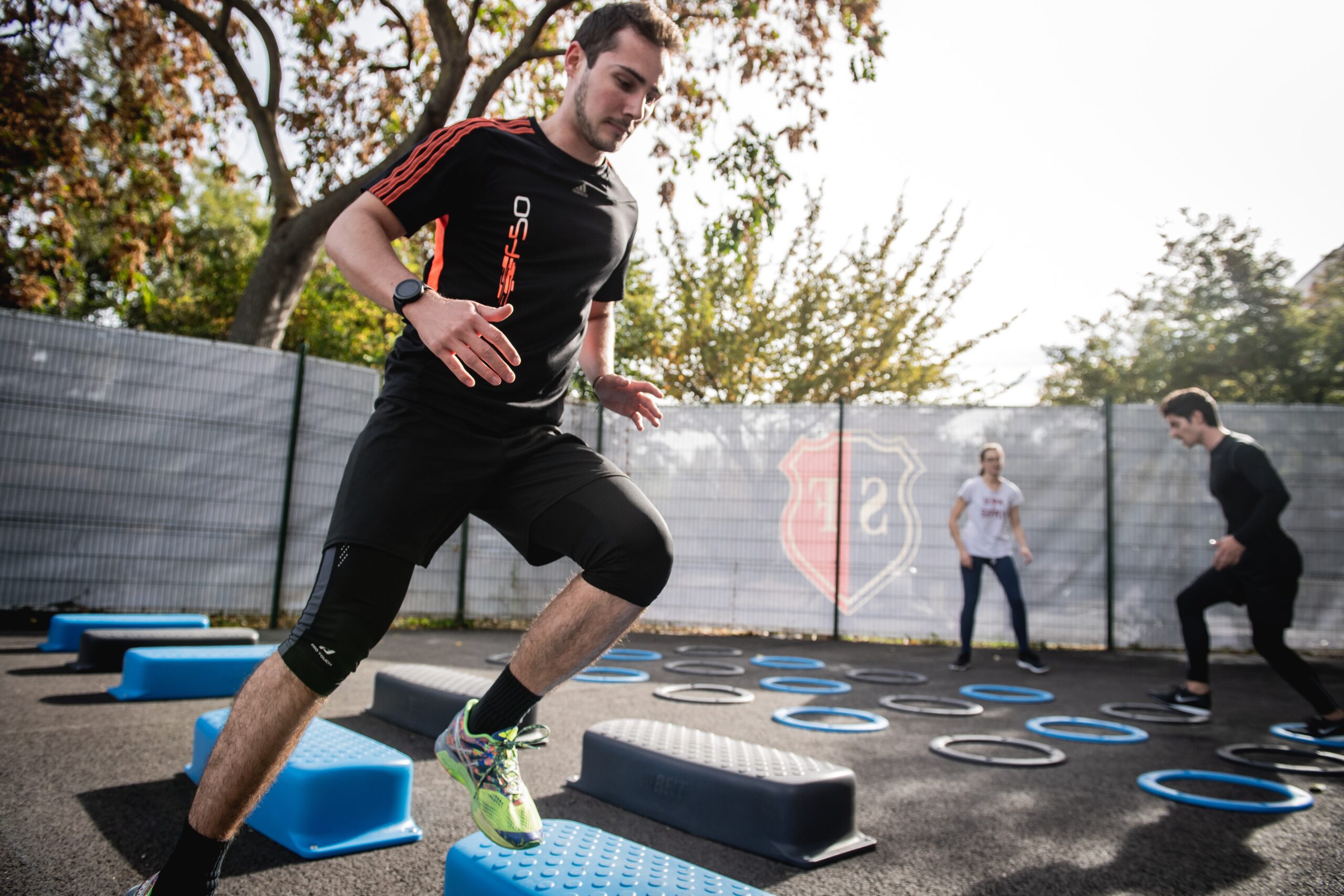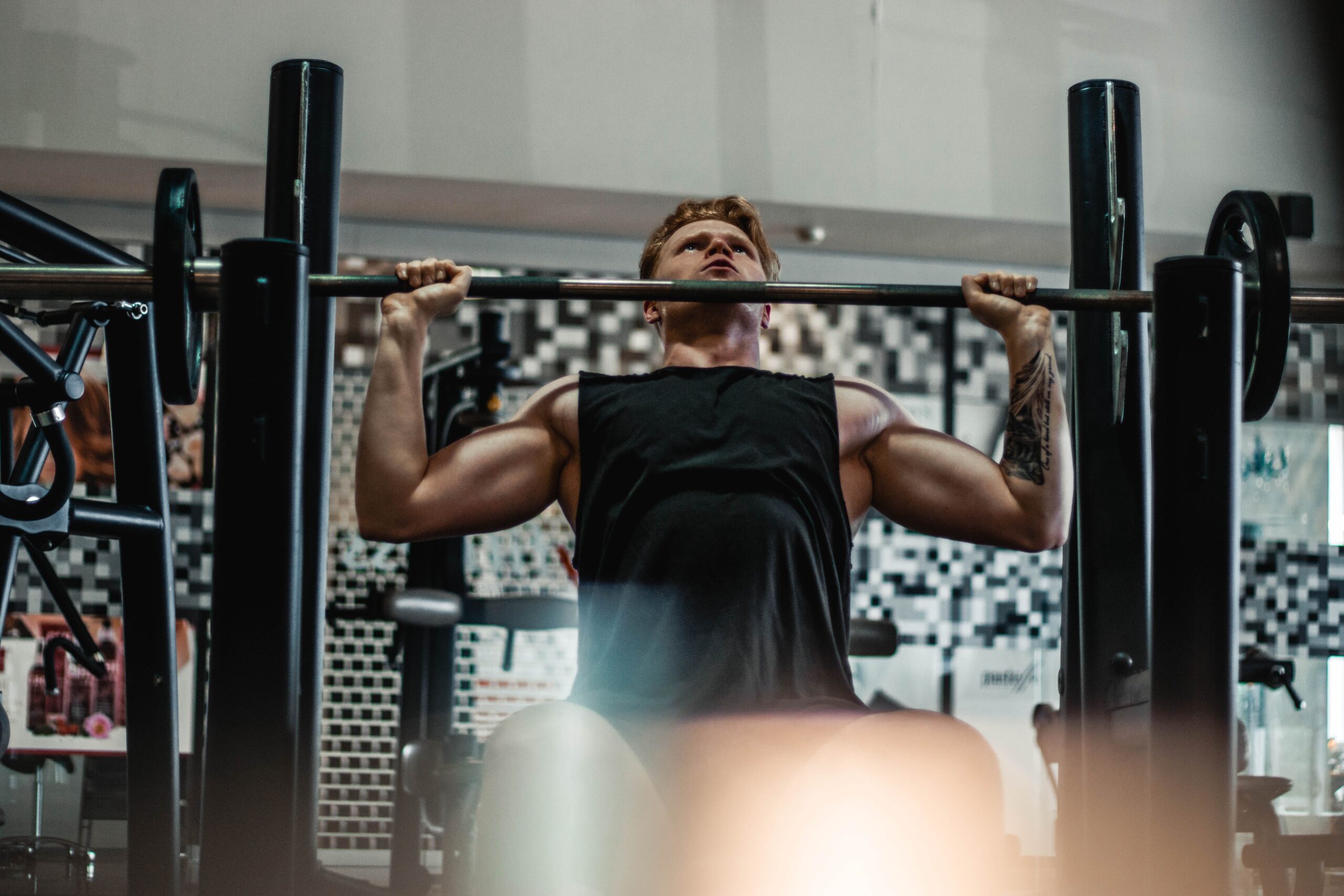In today’s fast-paced society, stress has become an all-too-familiar presence in the lives of many individuals. The pressures of work, relationships, and daily life can take a toll on our mental well-being.
Welcome to our comprehensive guide on mindfulness techniques for stress reduction and mental well-being. This article is intended for individuals seeking practical tools to navigate the challenges of daily life and find inner peace. Discover the power of mindfulness as we explore techniques such as mindfulness meditation, mindful breathing, body scan meditation, mindful walking, and loving-kindness meditation.
Key Takeaways
- Mindfulness techniques can help reduce stress, anxiety, and depression while promoting overall well-being.
- Mindfulness meditation, mindful breathing, body scan meditation, mindful walking, and loving-kindness meditation are effective techniques to cultivate mindfulness.
- Regular practice of mindfulness techniques can lead to improved mental health, emotional regulation, and attention span.
- Mindfulness techniques are accessible and can be incorporated into daily routines, even in a busy lifestyle.
- Mindfulness techniques can enhance relationships by fostering empathy, compassion, and active listening.
The Power of Mindfulness: Understanding the Basics
Before we delve into specific techniques, it’s important to understand what mindfulness is and how it can positively impact our lives. Mindfulness refers to the practice of intentionally paying attention to the present moment without judgment. It involves bringing our awareness to our thoughts, emotions, and sensations, and cultivating a sense of presence and acceptance.
Studies have shown that mindfulness can have a profound impact on our mental health. It can help reduce stress, anxiety, and depression, enhance focus and attention, improve emotional regulation, and promote overall well-being. By incorporating mindfulness techniques into our lives, we can develop a greater sense of self-awareness, resilience, and compassion toward ourselves and others.
Mindfulness Meditation: Cultivating Inner Calm
One of the most well-known mindfulness techniques is mindfulness meditation. This practice involves setting aside dedicated time to focus on the present moment, usually by paying attention to the breath or bodily sensations. Here are some steps to get started with mindfulness meditation:
- Find a quiet and comfortable space where you can sit or lie down without distractions.
- Close your eyes and bring your attention to your breath. Observe the sensation of each inhale and exhale, allowing your breath to guide your awareness.
- Notice any thoughts, emotions, or sensations that arise, and gently bring your focus back to your breath whenever you get carried away.
- Start with shorter sessions, such as 5-10 minutes, and gradually increase the duration as you become more comfortable with the practice.
Research has shown that regular mindfulness meditation can lead to significant reductions in stress, anxiety, and symptoms of depression. It can also improve attention span, memory, and emotional well-being.
Also Read: 12 Benefits of Yoga to Boost Energy Levels and Mental Well-being
Mindful Breathing: Finding Calm in Every Breath
Mindful breathing is a simple yet powerful technique that can be practiced anywhere, at any time, to reduce stress and promote relaxation. Here’s how you can incorporate mindful breathing into your daily routine:
- Take a moment to pause and bring your awareness to your breath.
- Notice the sensation of the breath entering and leaving your body. Pay attention to the rise and fall of your abdomen or the feeling of air passing through your nostrils.
- As you breathe in, imagine filling your lungs with fresh, rejuvenating energy. And as you exhale, imagine releasing any tension or negativity.
- If your mind starts to wander, gently guide your focus back to your breath without judgment.
Practicing mindful breathing for just a few minutes can help you feel more centered and grounded, allowing you to navigate stressful situations with greater ease.

Body Scan Meditation: Cultivating Mind-Body Connection
a. Find a comfortable position, either sitting or lying down, and close your eyes.
b. Begin by bringing your attention to the top of your head. Notice any sensations, such as tingling or warmth.
c. Slowly move your attention down to your forehead, eyes, cheeks, jaw, and neck, paying attention to any areas of tension or relaxation.
d. Continue scanning your body, moving through your shoulders, arms, chest, abdomen, hips, legs, and feet.
e. As you scan each body part, observe any sensations or emotions that arise, accepting them without judgment.
The body scan meditation can help you become more attuned to the physical sensations in your body, promoting relaxation and reducing stress.
Mindful Walking: Connecting with the Present Moment
Mindful walking is a form of meditation that involves bringing awareness to the experience of walking. It can be practiced both indoors and outdoors, providing an opportunity to connect with nature and experience a sense of grounding. Follow these steps to practice mindful walking:
- Find a quiet and safe place where you can walk without distractions.
- Begin by standing still and bringing your attention to your body. Pay attention to the feeling of your feet making contact with the ground.
- Start walking slowly, paying attention to each step you take. Notice the shifting weight, the movement of your muscles, and the contact between your feet and the ground.
- If your mind wanders, gently guide your focus back to the physical sensations of walking.
Mindful walking can serve as a refreshing break from the demands of daily life, allowing you to experience a sense of calm and clarity.
Loving-Kindness Meditation: Cultivating Compassion
Loving-kindness meditation, also known as metta meditation, is a practice that involves cultivating feelings of love, compassion, and goodwill towards oneself and others. It can be particularly beneficial for reducing stress and enhancing positive emotions. Here’s how you can practice loving-kindness meditation:
- Find a position that feels comfortable to you and gently close your eyes. Take a few deep breaths to bring yourself to a centered state.
- Begin by directing loving-kindness towards yourself. Repeat phrases such as “May I be happy, may I be healthy, may I live with ease.”
- After generating feelings of kindness towards yourself, extend these wishes to loved ones, friends, acquaintances, and eventually to all beings.
- As you recite the phrases, try to evoke a genuine sense of goodwill and compassion.
Loving-kindness meditation can help foster a sense of connectedness and empathy, reducing stress and promoting positive relationships.
Best Practices for Mindfulness Techniques
- Find a quiet and comfortable space for mindfulness practice.
- Start with shorter sessions and gradually increase the duration as you become more comfortable.
- Bring your attention to the present moment without judgment and gently redirect your focus when distractions arise.
- Practice mindfulness techniques consistently to experience long-term benefits.
- Seek guidance from healthcare professionals if you have specific mental health conditions or trauma histories.
Final Thoughts
Incorporating mindfulness techniques into our lives can have a transformative impact on our well-being. By practicing mindfulness meditation, mindful breathing, body scan meditation, mindful walking, and loving-kindness meditation, we can reduce stress, cultivate inner calm, and develop a greater sense of self-awareness and compassion. Remember that mindfulness is a skill that takes time and practice to develop, so be patient and gentle with yourself along the journey. Embrace the present moment, and may your mindfulness practice lead you to a life of peace and well-being.
Also Read: 15 Crucial Daily Habits for a Overall Well-Being & Balanced Lifestyle
FAQs
- Q: Who can benefit from practicing mindfulness techniques?
- A: Anyone seeking to reduce stress, enhance mental well-being, and cultivate inner peace can benefit from practicing mindfulness techniques. It is suitable for individuals of all ages and backgrounds.
- Q: How can mindfulness techniques help with stress reduction?
- A: Mindfulness techniques promote stress reduction by helping individuals develop a greater sense of self-awareness, resilience, and emotional regulation. They encourage living in the present moment, reducing rumination about the past or worries about the future.
- Q: Are mindfulness techniques difficult to learn?
- A: Mindfulness techniques are accessible and can be learned by anyone with patience and practice. While it may take time to develop proficiency, even a few minutes of daily practice can yield benefits.
- Q: Can mindfulness techniques be incorporated into a busy lifestyle?
- A: Absolutely! Mindfulness techniques can be practiced in short bursts throughout the day, such as during breaks at work or while engaging in daily activities like walking or eating. It is adaptable to fit into various lifestyles.
- Q: Are there any scientific studies supporting the effectiveness of mindfulness techniques?
- A: Yes, numerous scientific studies have shown the positive impact of mindfulness techniques on reducing stress, anxiety, and depression, improving attention span, emotional well-being, and overall mental health. These studies are conducted by reputable institutions and published in esteemed publications.
- Q: Can mindfulness techniques be used as a standalone treatment for mental health conditions?
- A: Mindfulness techniques can complement existing mental health treatments, but they should not be used as a substitute for professional medical or psychological care. It is advisable to consult with healthcare professionals for individualized guidance.
- Q: How long does it take to experience the benefits of mindfulness techniques?
- A: The benefits of mindfulness techniques can vary for each individual. Some may experience immediate effects, such as increased calmness and clarity, while others may notice gradual improvements over time. Consistent practice is key to reaping the long-term benefits.
- Q: Can mindfulness techniques improve relationships?
- A: Yes, practicing mindfulness techniques can enhance relationships by fostering qualities such as empathy, compassion, and active listening. It can help individuals become more present and attentive in their interactions, improving communication and understanding.
- Q: Are there any potential challenges in practicing mindfulness techniques?
- A: Some individuals may initially find it challenging to quiet the mind or sustain focus during mindfulness practice. It is common to experience thoughts and distractions, but with practice, one can develop the skill of gently redirecting attention back to the present moment.
- Q: Are there any contraindications or limitations to practicing mindfulness techniques?
- A: Mindfulness techniques are generally safe for most individuals. However, those with certain mental health conditions or trauma histories should approach mindfulness practice with caution or seek guidance from healthcare professionals.
- A: Mindfulness techniques are generally safe for most individuals. However, those with certain mental health conditions or trauma histories should approach mindfulness practice with caution or seek guidance from healthcare professionals.
#mindfulness #stressreduction #mentalwellbeing #selfcare #innerpeace #mindfulmeditation #breathingexercises #bodymindconnection #mindfulwalking #lovingkindnessmeditation #wellness #healthyhabits #mindfulnesstechniques #dailypractice #balance







